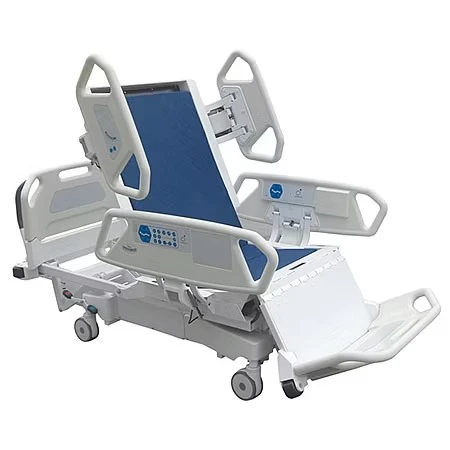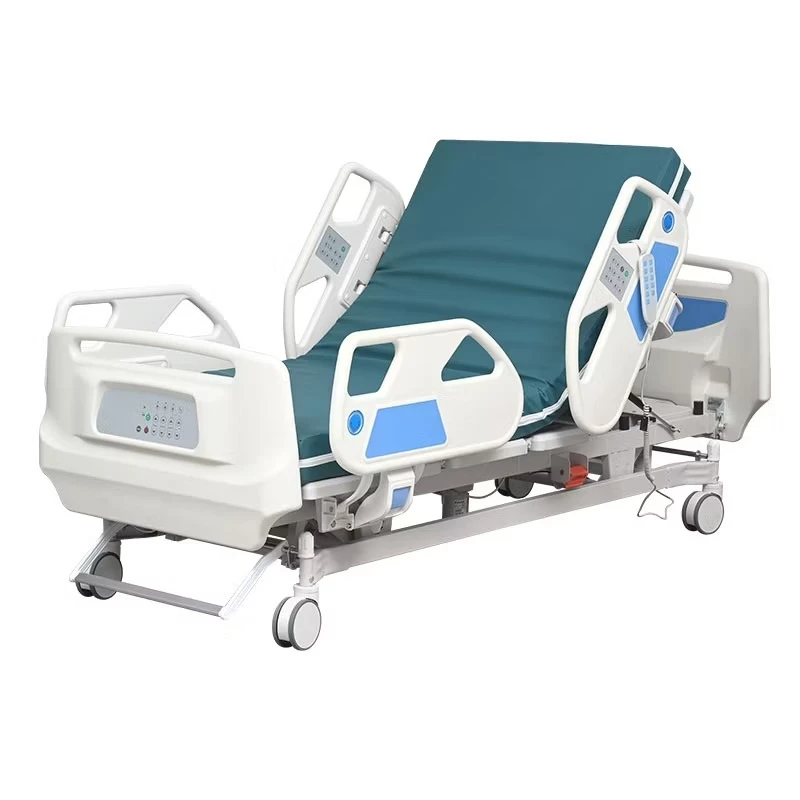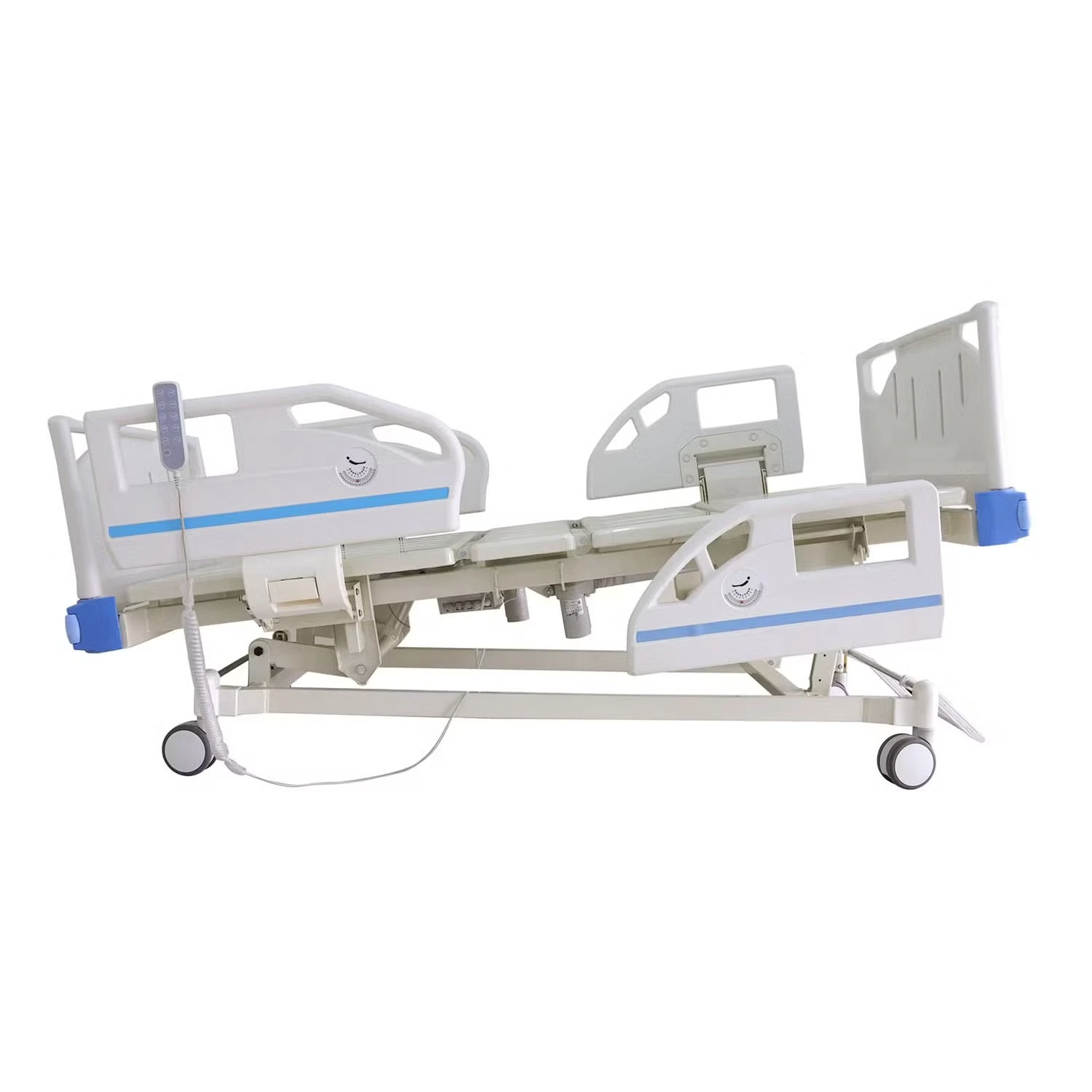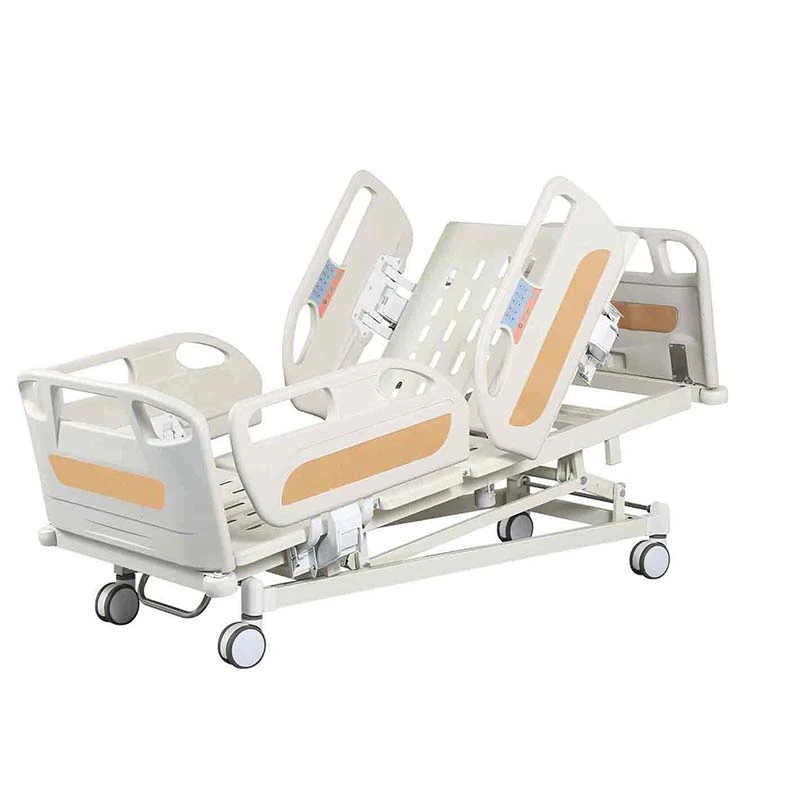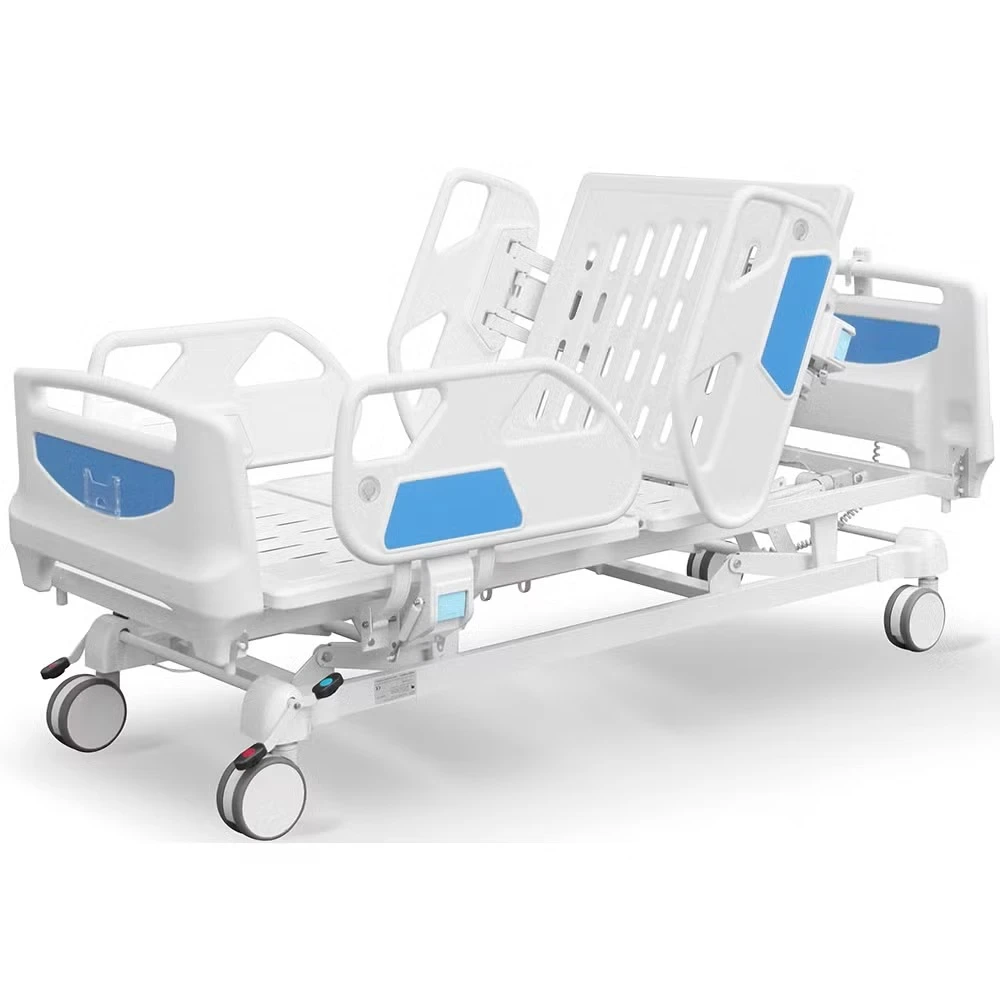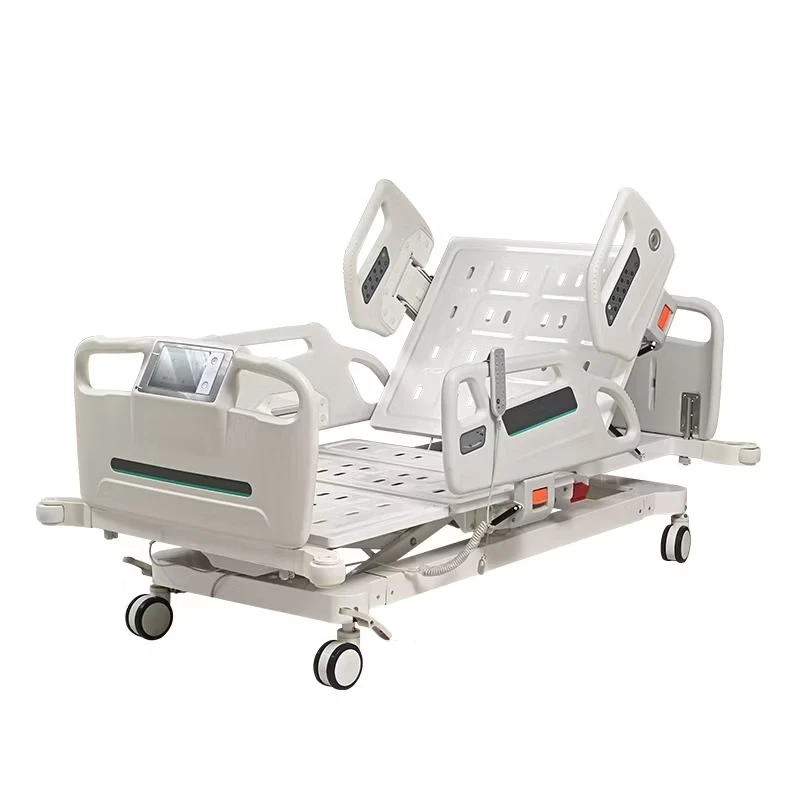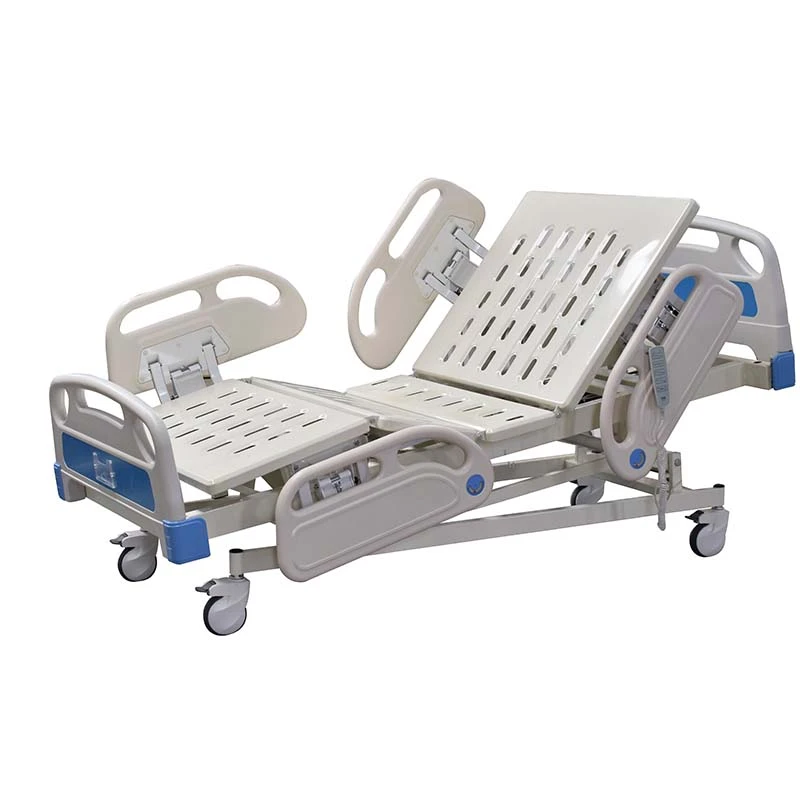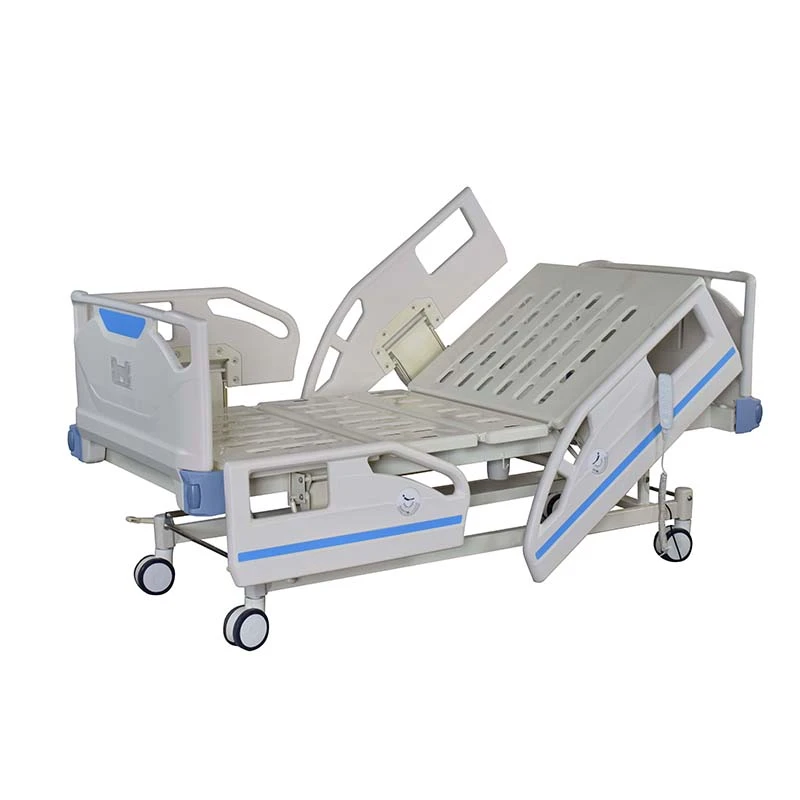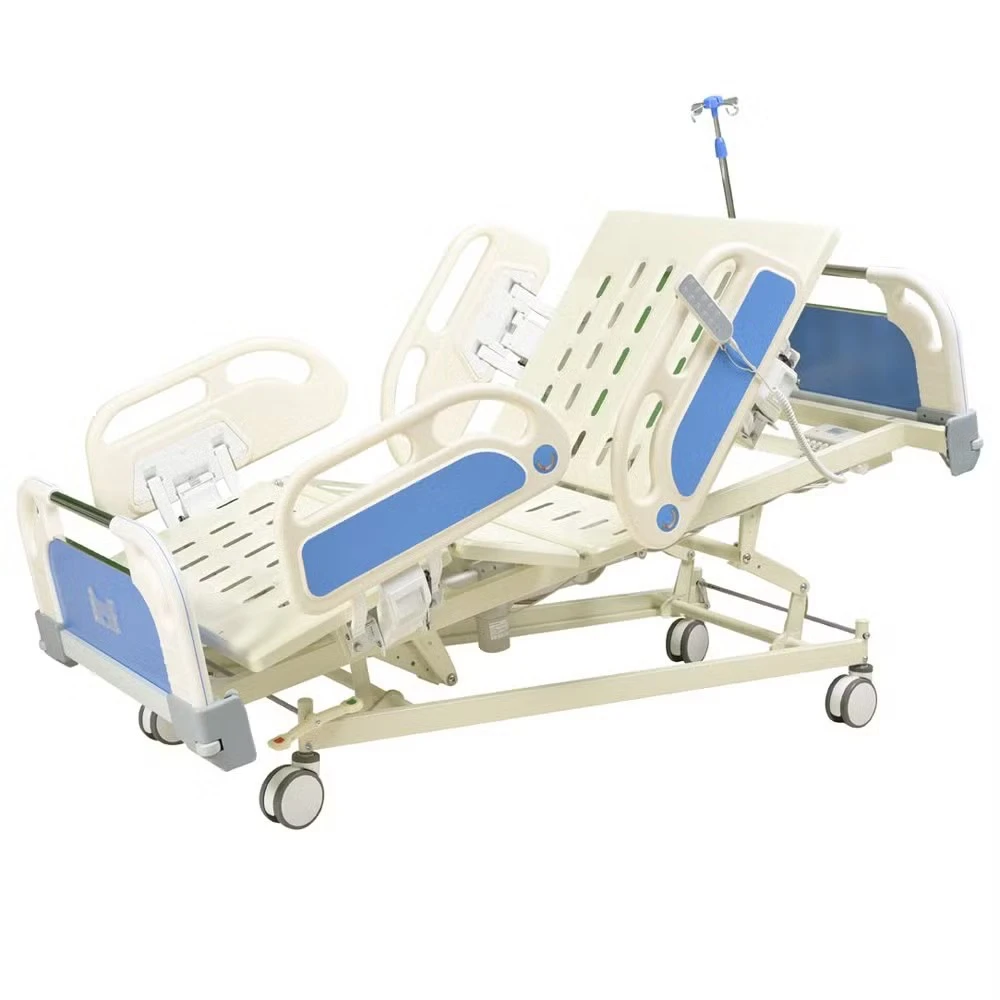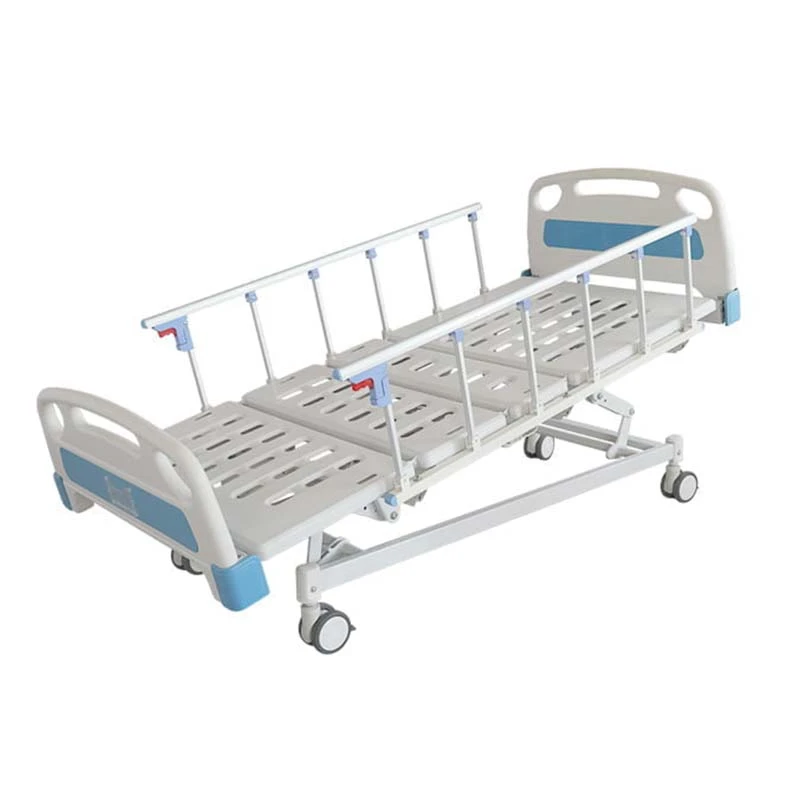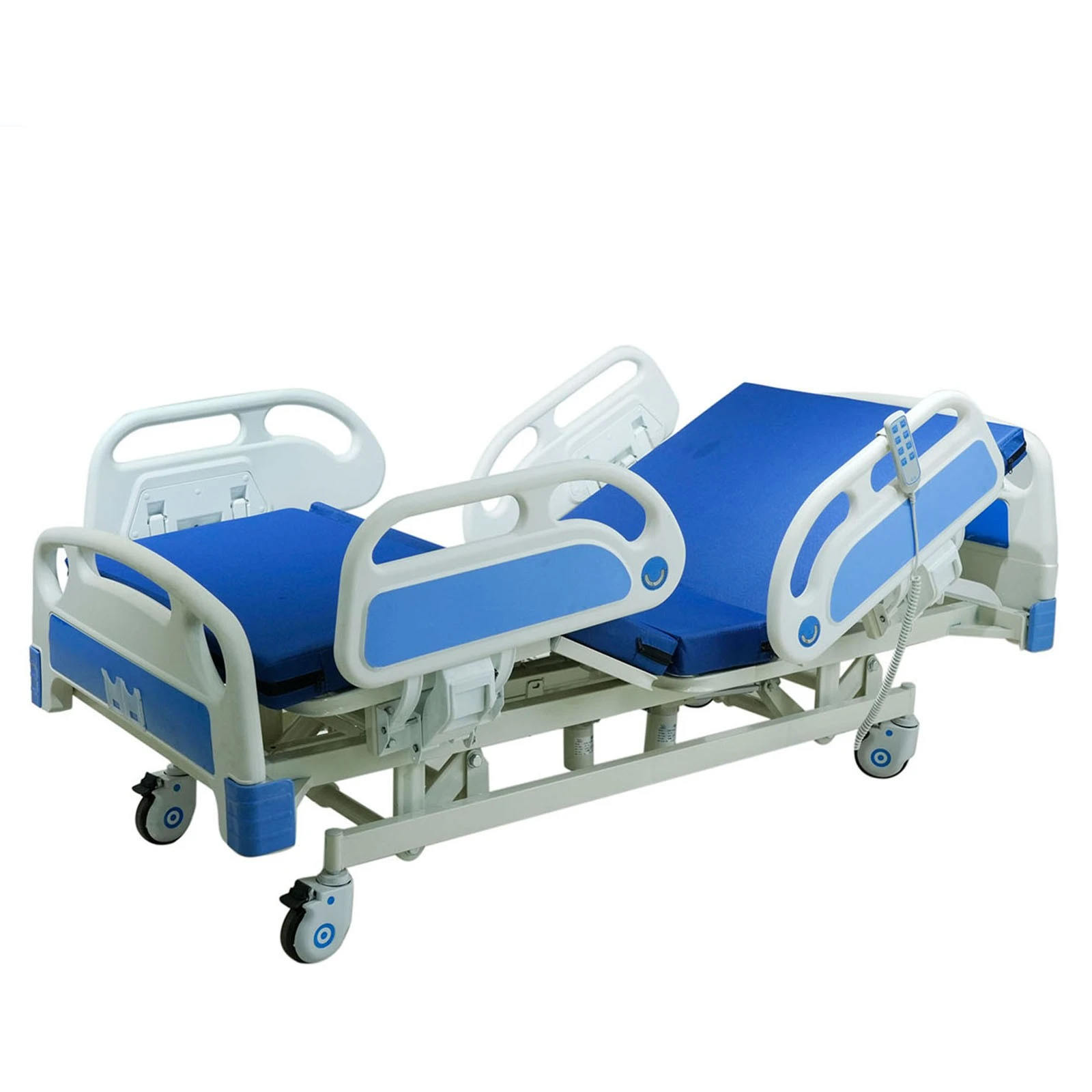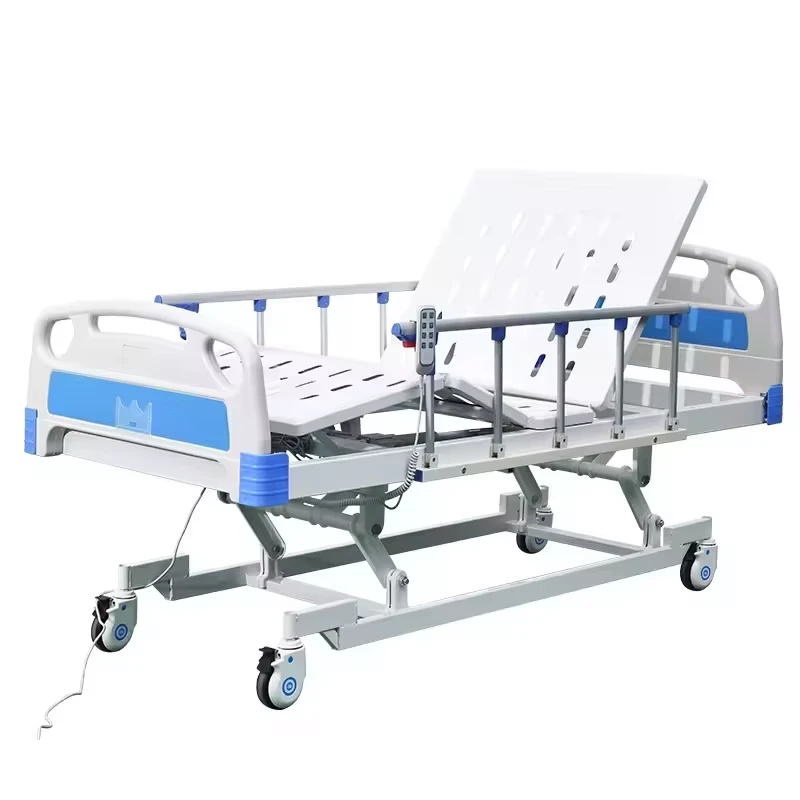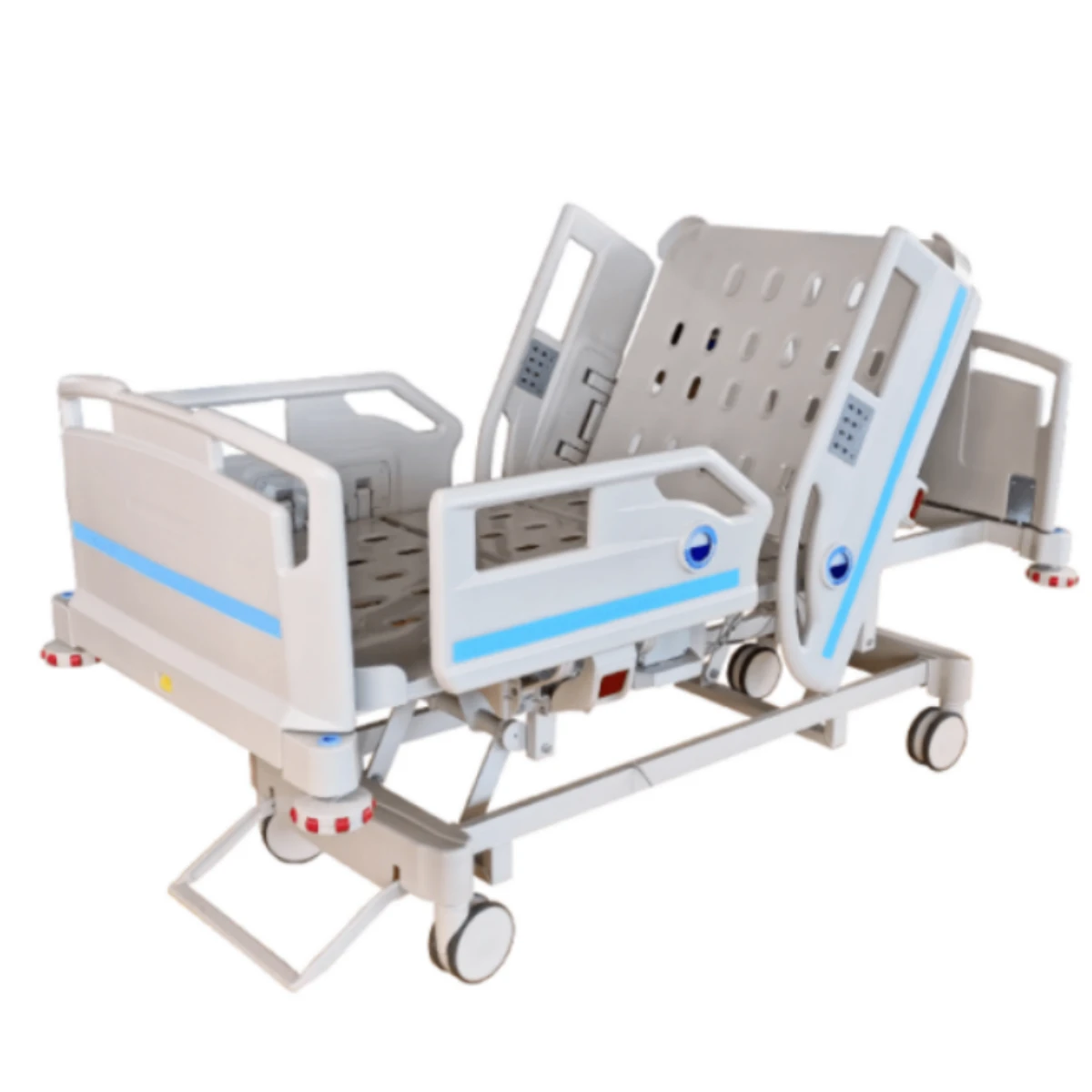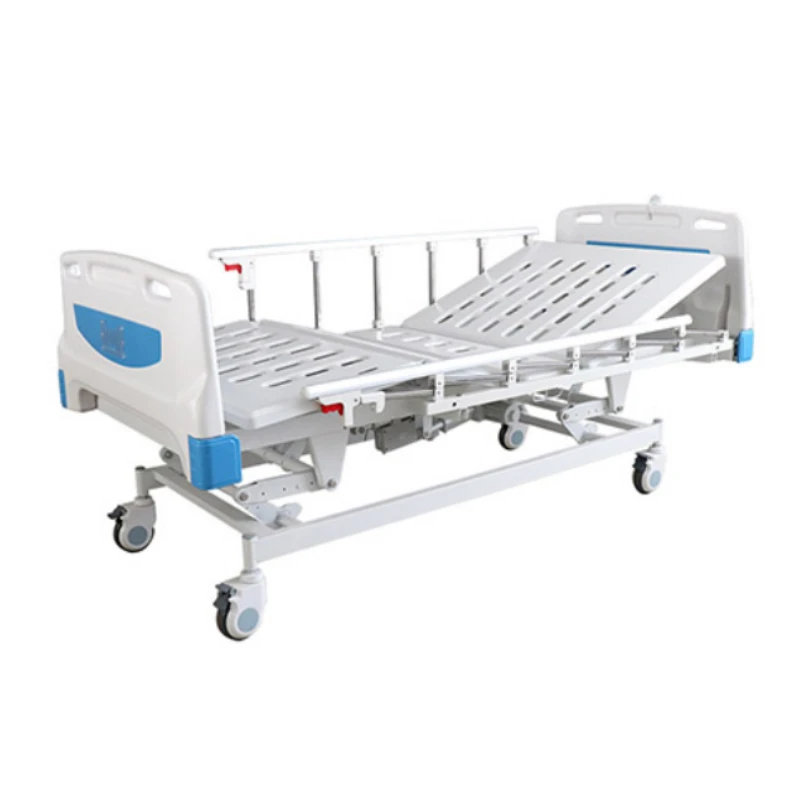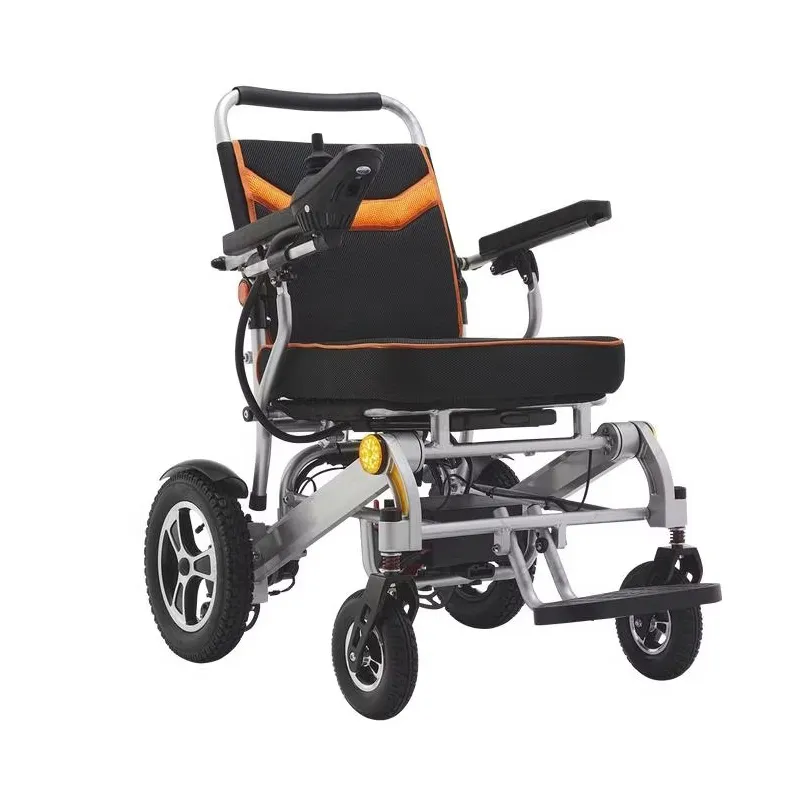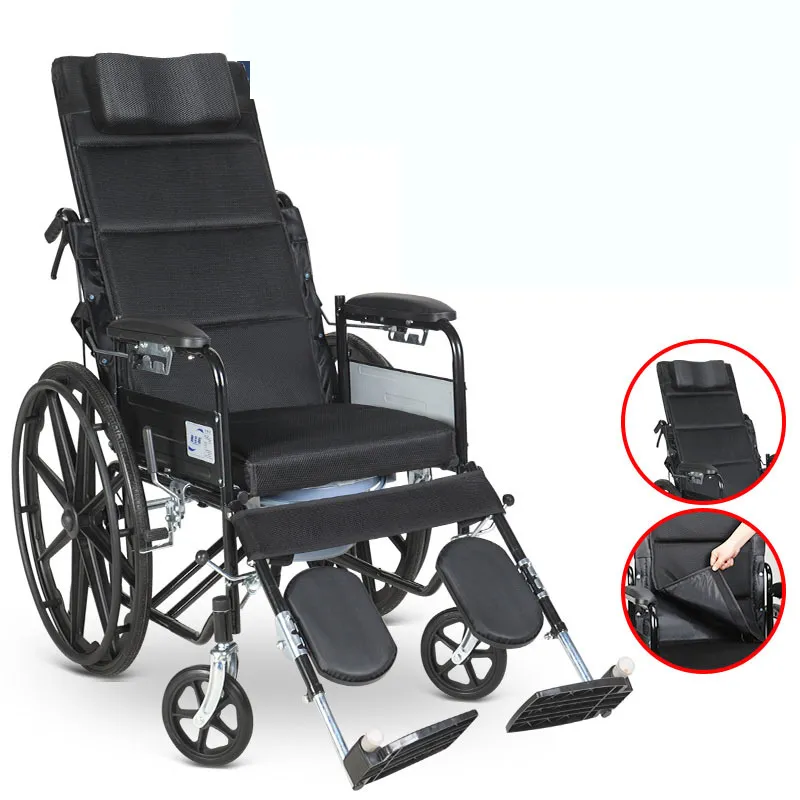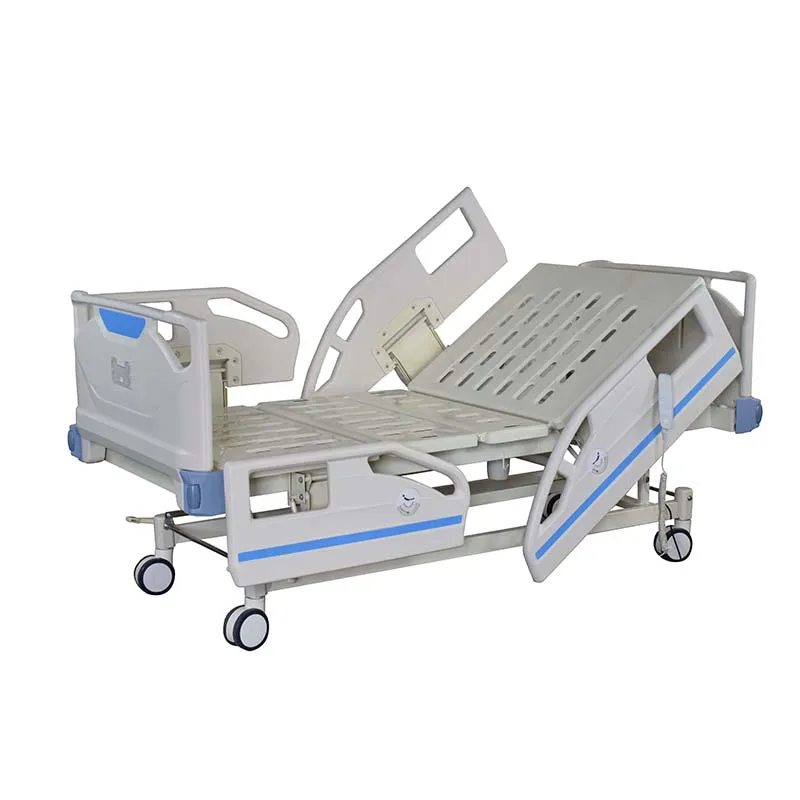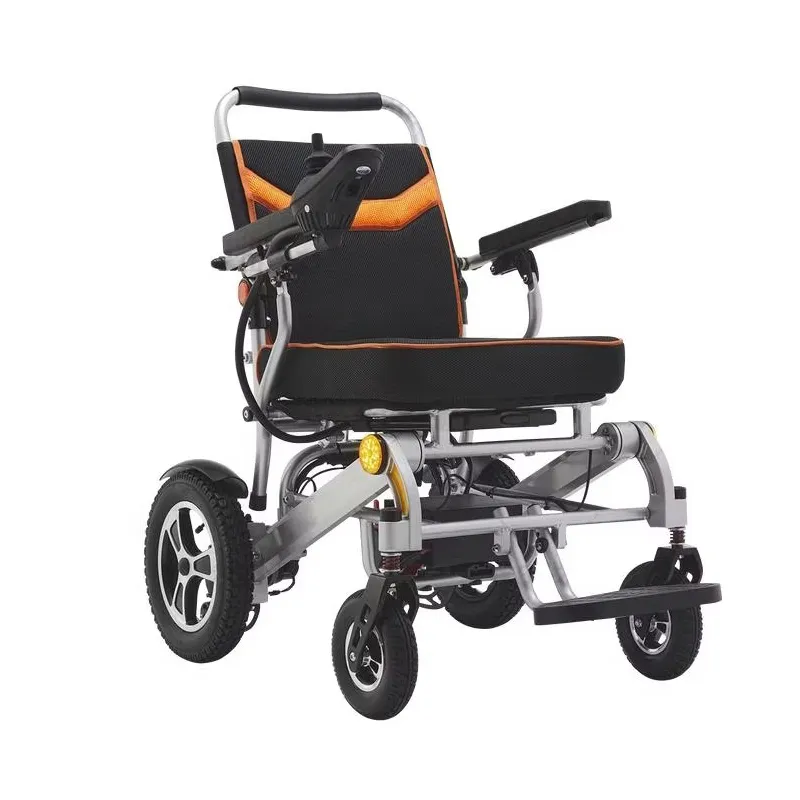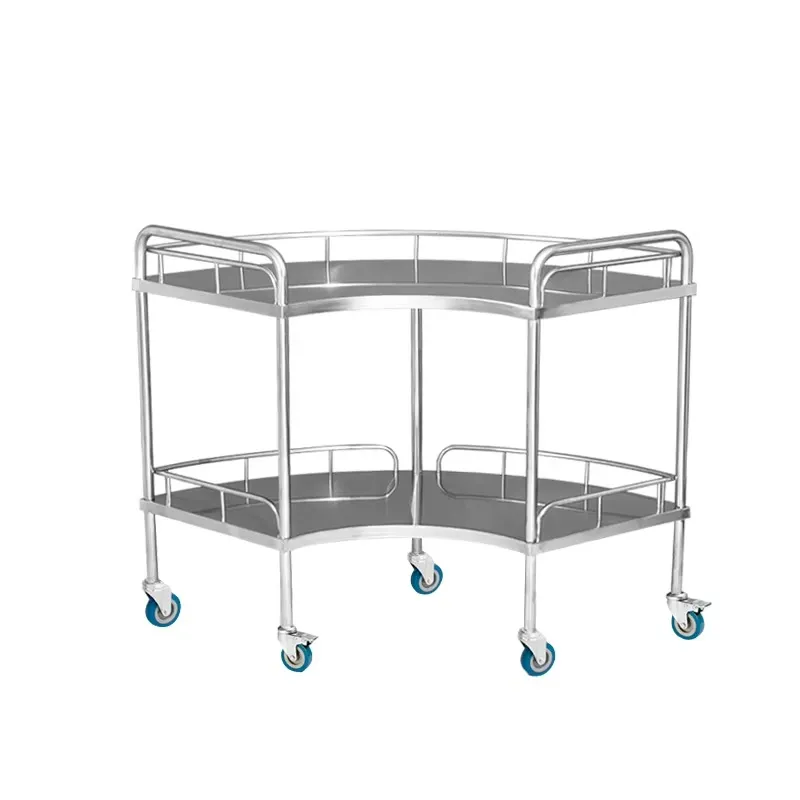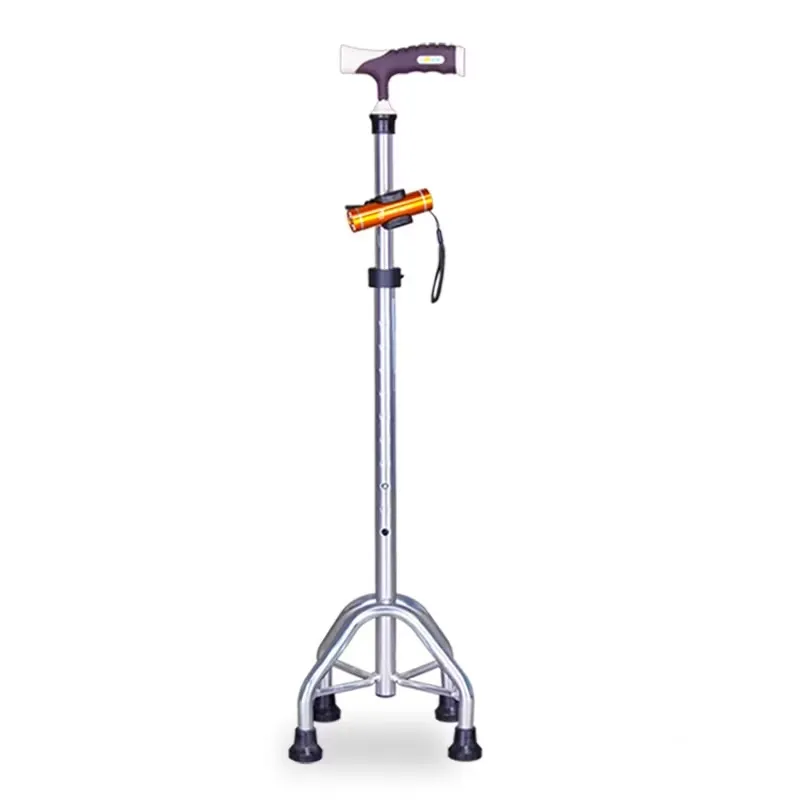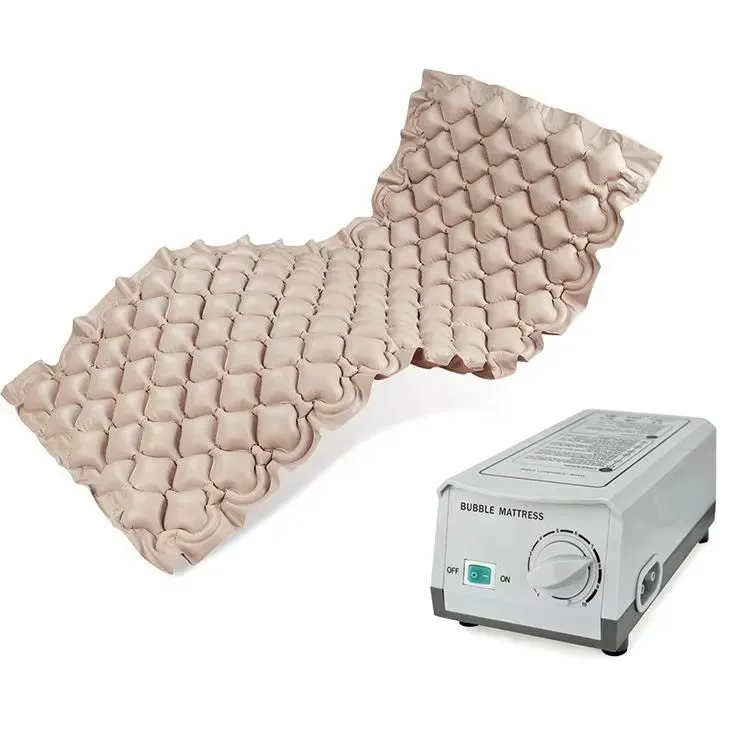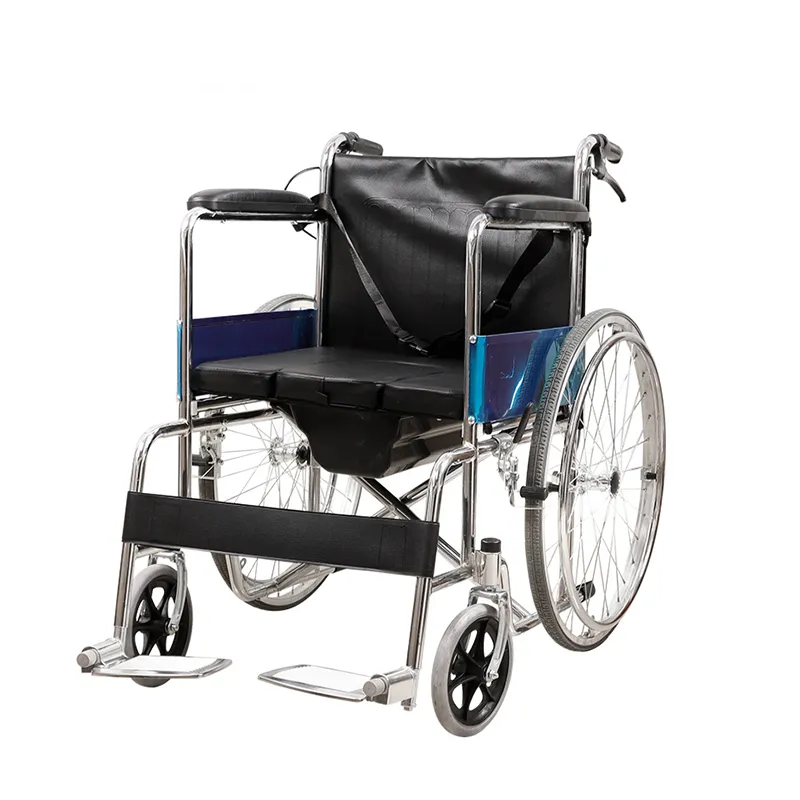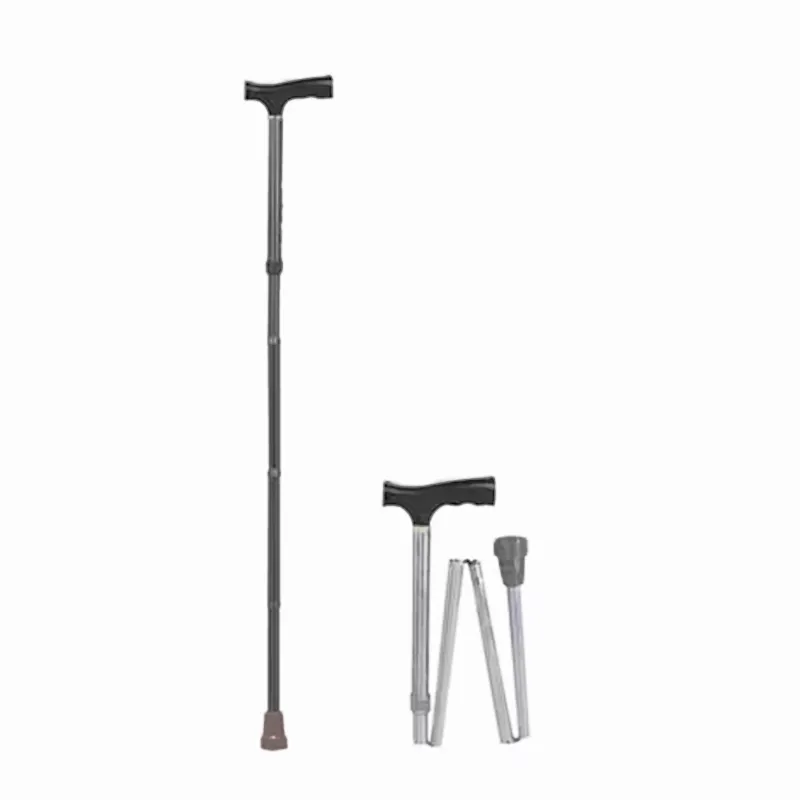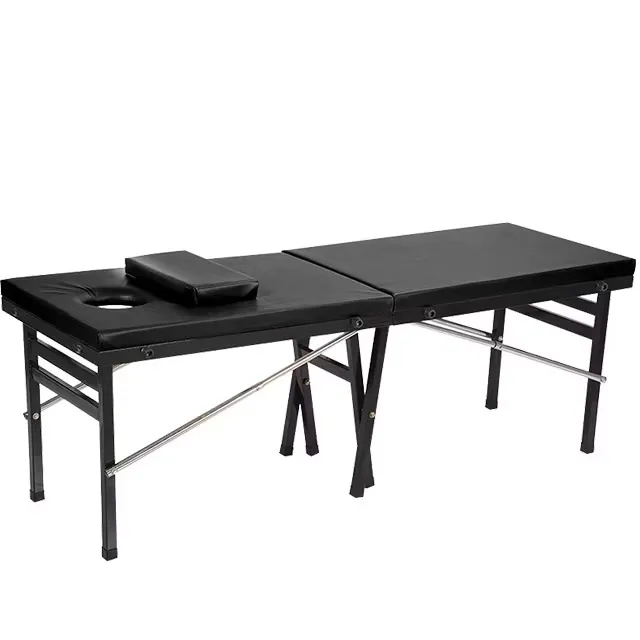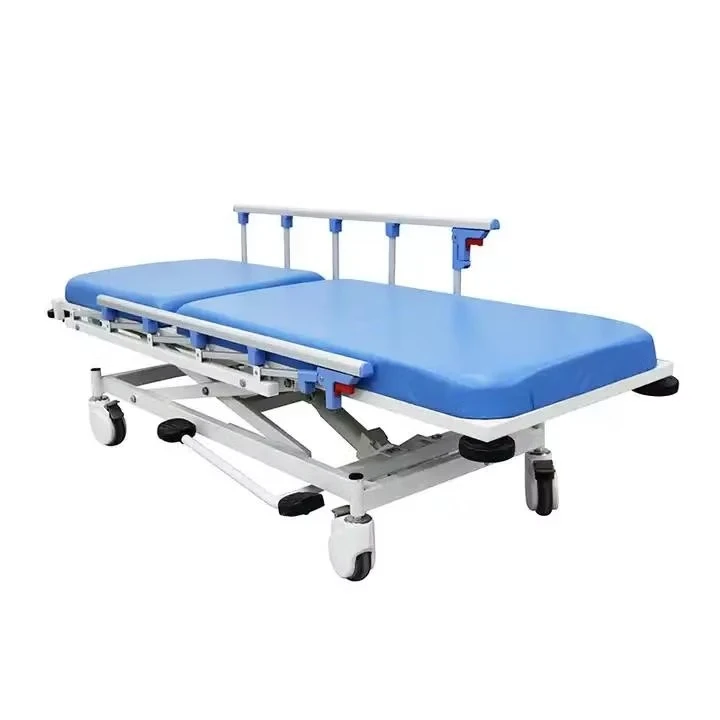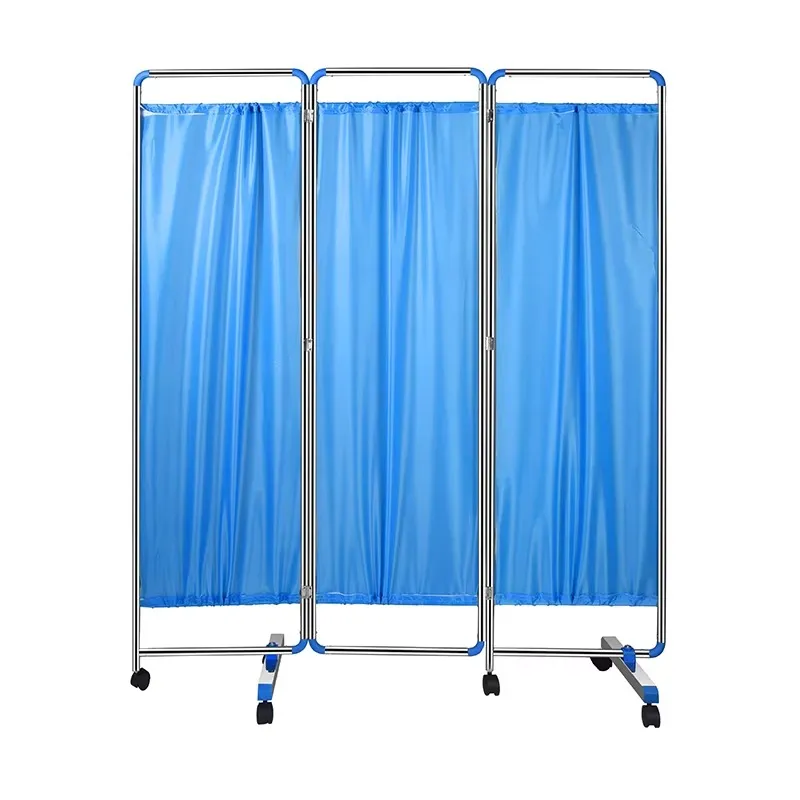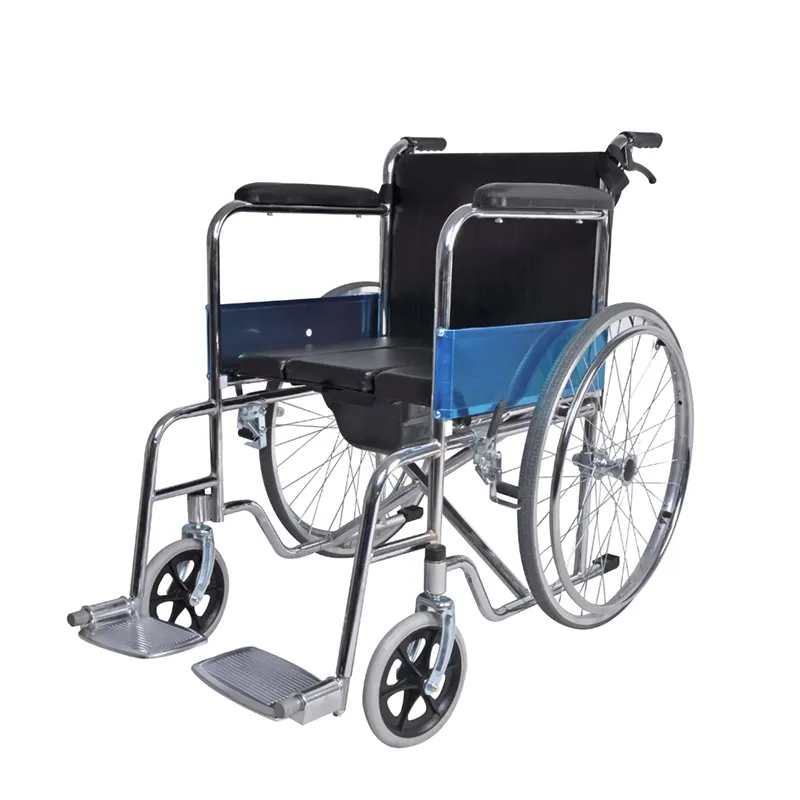Wholesale Hospital Sheets and Diverse Hospital Bed Types
Wholesale Hospital Sheets for Healthcare Facilities
Wholesale hospital sheets are an essential supply item for medical institutions aiming to maintain hygiene, comfort, and efficiency. These sheets are produced with durable, high-quality fabrics designed for frequent laundering and resistance to stains, fluids, and wear. Typically made from cotton blends or antimicrobial-treated materials, they support infection control protocols and enhance patient comfort. Purchasing hospital sheets wholesale allows healthcare providers to manage costs while ensuring a consistent supply of fresh linens for patient rooms, operating theaters, and recovery areas.
Wholesale options often include various sizes to fit standard hospital beds, ICU beds, and specialty beds, ensuring compatibility across different wards. Some suppliers also offer custom colors or branding to align with hospital aesthetics. Beyond sheets, related textile products such as pillowcases, mattress covers, and blankets are frequently bundled to provide comprehensive linen solutions for healthcare facilities.
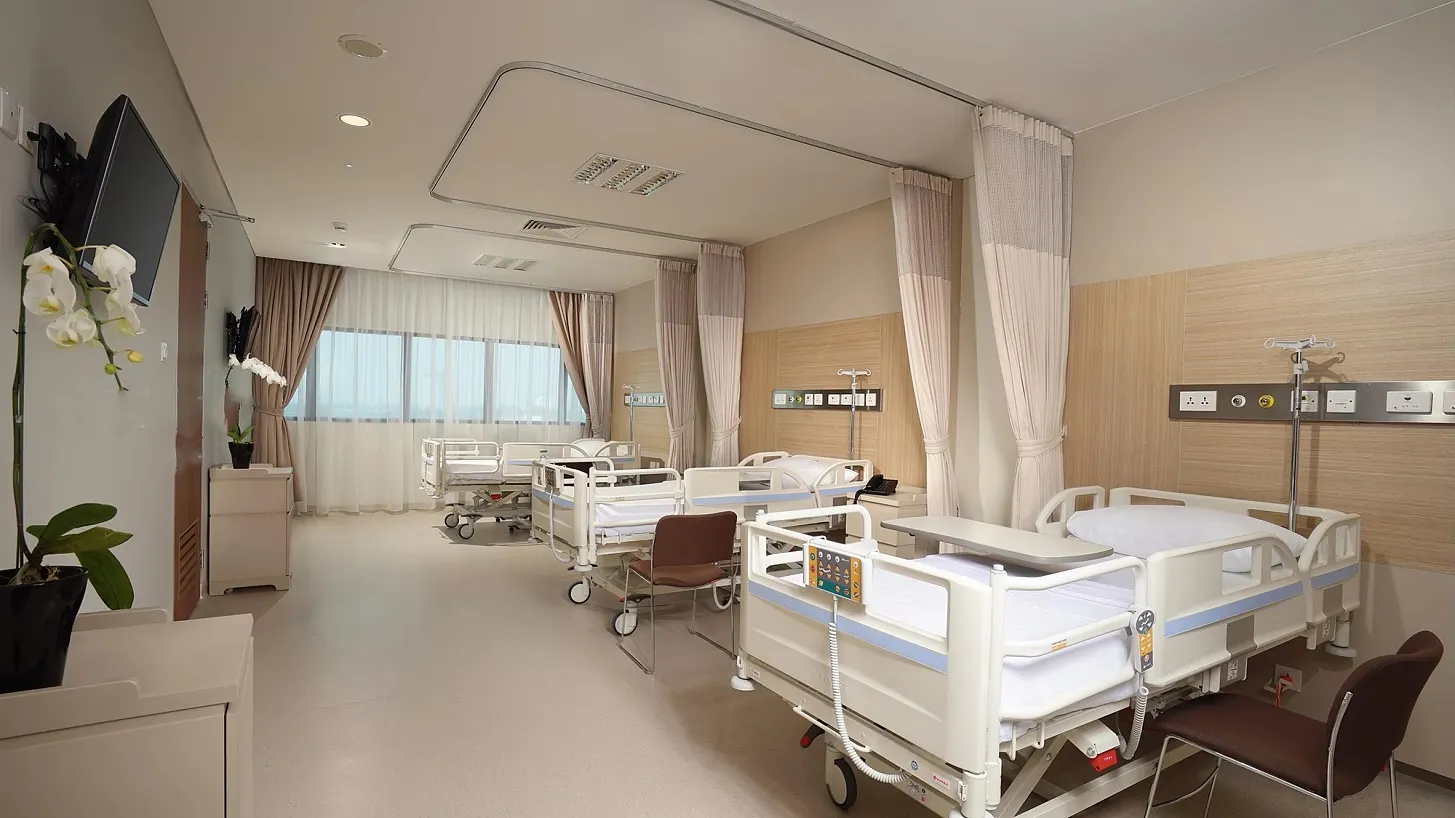
Hospital Types of Beds Designed for Specific Medical Needs
Hospitals employ a wide range of bed types tailored to meet diverse patient care requirements. These hospital types of bed include manual, semi-electric, and fully electric models, each offering different levels of adjustability and ease of use. Manual beds require caregivers to adjust the bed position using cranks, offering a cost-effective option primarily used in less critical care areas.
Semi-electric beds feature motorized adjustments for the head and foot sections, with manual height control, balancing convenience and affordability. Fully electric beds provide comprehensive electronic control for height, backrest, knee rest, and tilt functions, significantly improving patient comfort and caregiver efficiency, particularly in intensive care or surgical units.
Kinds of Hospital Beds and Their Applications
The kinds of hospital beds available reflect the broad spectrum of clinical requirements. ICU beds are highly specialized, featuring advanced monitoring capabilities and safety rails for critical care patients. Pediatric beds incorporate child-friendly designs with enhanced safety features such as high rails and vibrant colors. Bariatric beds support heavier patients with reinforced frames and wider dimensions to ensure safety and comfort.
Low hospital beds are designed to reduce fall risk in elderly or mobility-impaired patients. Airflow or alternating pressure beds help prevent pressure ulcers in bedridden patients by improving circulation and reducing prolonged pressure. Specialty beds, such as obstetric, orthopedic, and recovery beds, cater to targeted treatments and procedures, enhancing both patient outcomes and medical staff workflow.
Nursing Types of Bed in Hospital Settings
Nursing types of bed in hospital focus on enhancing caregiving efficiency and patient care quality. These beds often include manual and electric models, with features that allow caregivers to safely reposition patients for treatments, hygiene, and comfort. Side rails provide additional safety, while built-in scale options facilitate patient weight monitoring without needing transfers.
Trendelenburg and reverse Trendelenburg positions are commonly included to assist in circulation management and respiratory support. Many nursing beds also integrate mattress compatibility for pressure relief and infection control. Their design reflects a balance between patient comfort and caregiver ergonomics, essential for reducing staff fatigue and improving care delivery in busy hospital environments.
Hospital Bed Types Overview
An overview of hospital bed types categorizes beds by their adjustment mechanisms and intended use. Manual beds are basic yet durable, semi-electric beds add partial motorized convenience, and fully electric beds provide full motorized adjustments for patient independence and staff assistance. Specialized beds—ICU, bariatric, pediatric, and low beds—address specific clinical scenarios.
Modern hospital beds are often equipped with features such as lockable casters for mobility, easy-to-clean surfaces for infection control, and compatibility with medical devices. These beds support a wide range of patient needs, from acute care to long-term rehabilitation, ensuring that hospitals can deliver tailored treatment environments efficiently.
Hospital Beds FAQs
What are the benefits of buying wholesale hospital sheets?
Buying wholesale hospital sheets ensures cost efficiency, consistent supply, and availability of durable, hygienic linens tailored for healthcare environments.
How do hospital types of bed differ?
They differ mainly in adjustability and function—manual beds require physical effort, semi-electric beds have partial motorized controls, and fully electric beds offer complete electronic adjustments.
What kinds of hospital beds are available for specialized care?
ICU beds, bariatric beds, pediatric beds, low beds, and specialty beds like orthopedic and obstetric beds serve specific patient care needs.
What features are important in nursing types of bed in hospitals?
Safety rails, ease of adjustability, mattress compatibility, and positions like Trendelenburg are key for patient safety and caregiver convenience.
How should hospitals choose the right hospital bed types?
Hospitals should consider patient condition, care level required, budget, and ease of use to select beds that optimize comfort, safety, and operational efficiency.



